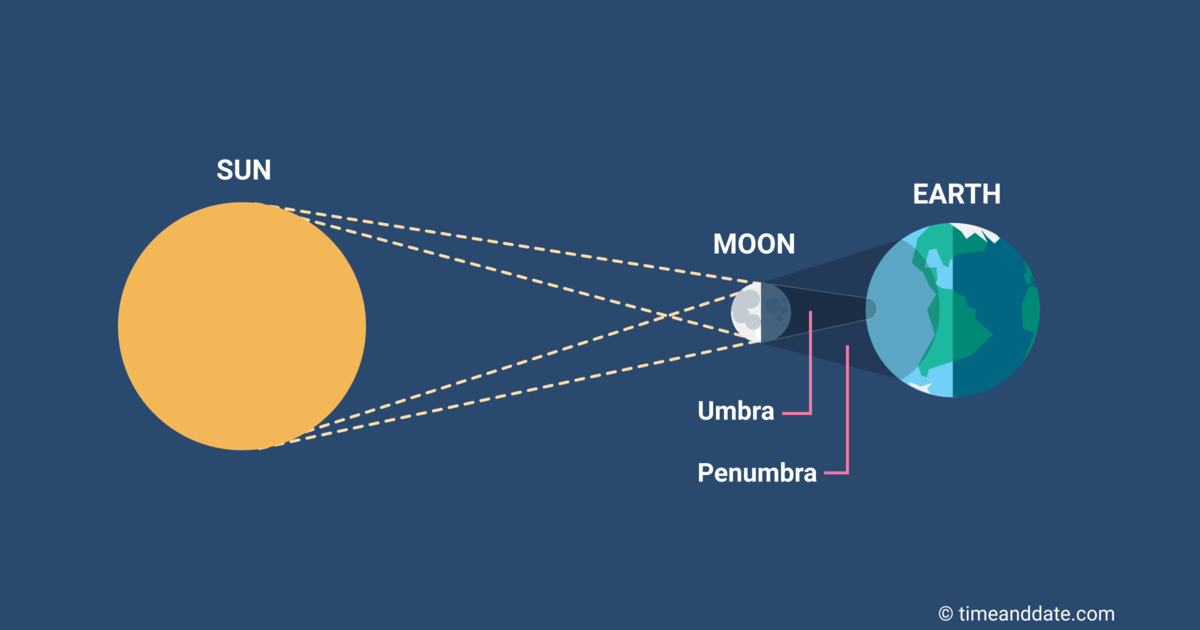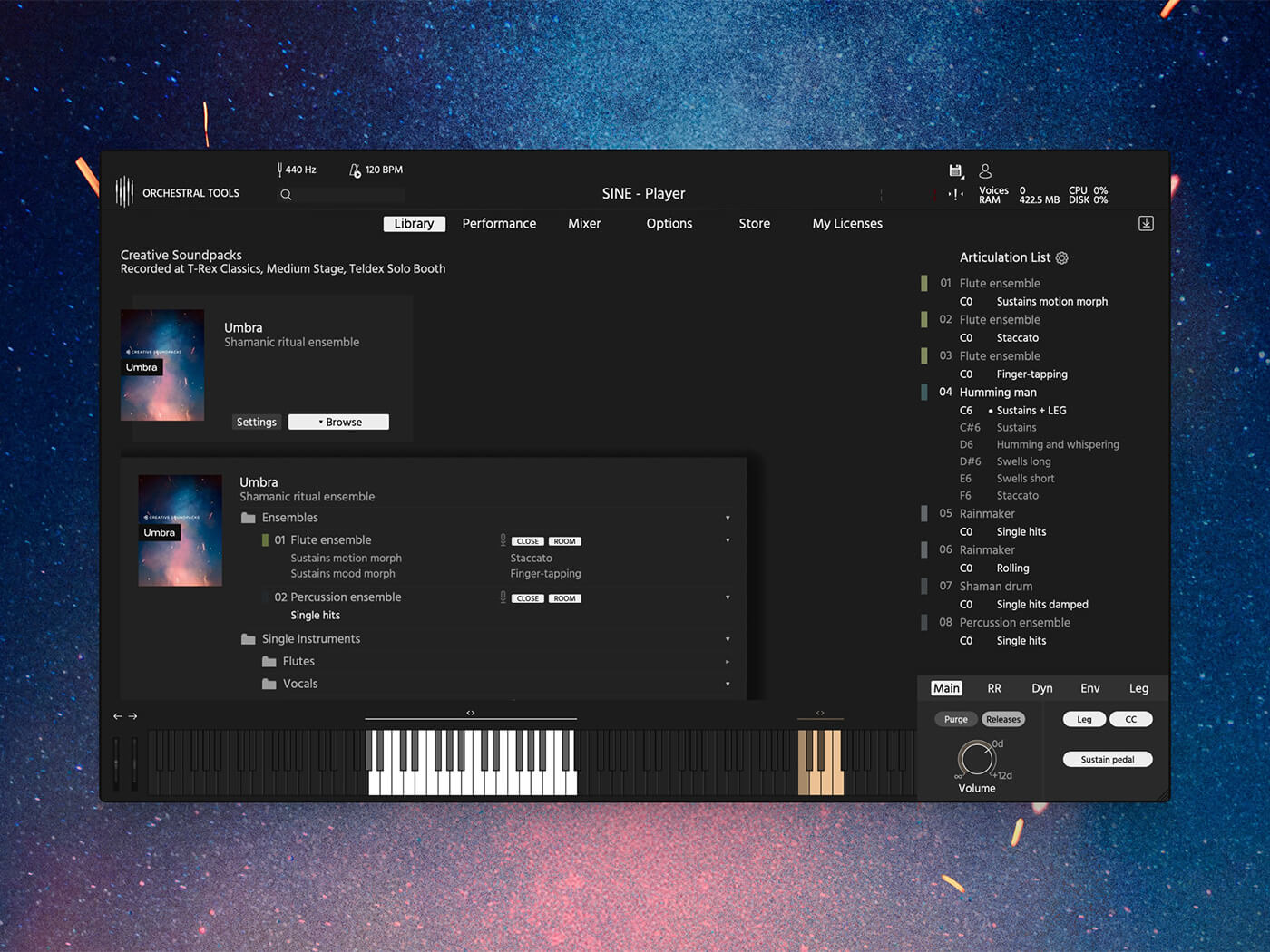By Konstantin Bikos
The umbra is the dark center portion of a shadow. The Moon's umbra causes total solar eclipses, and the Earth's umbra is involved in total and partial lunar eclipses.
In Latin, the word 'umbra' means shadow. Also whenever there is a solar eclipse in our world the darker part of the shadow in the eclipse is called the 'umbra' while the lighter part is called the 'penumbra'. Umbra wears Ebony Armor, and is the highest level like the Ebony Warrior. Appearances edit edit source The Elder Scrolls III: Morrowind. Umbra 'Founded in 1979 in Toronto by two childhood friends, Umbra® is a privately held Toronto-based homewares company recognized throughout the world for bringing thought, creativity and design to everyday items; the company operates with a shared vision of creating original, modern and casual design for every room in the home.
Like any other opaque objects illuminated by a light source, the Moon and the Earth cast shadows into space as they block the sunlight that hits them. Each shadow has 3 different areas: the umbra, the penumbra, and the antumbra.
Umbra Definition

The umbra is a shadow's dark core. Imagine a light source and an object casting a shadow. If you are standing within the umbra, you will not be able to see any part of the light source as the object blocks all direct light rays.
The other 2 areas are:
- Penumbra – the lighter outer part of the shadow.
- Antumbra – the lighter part of the shadow that begins where the umbra tapers to a point.
When the Earth enters the Moon's shadow, we see a solar eclipse; when the Moon travels through the Earth's shadow, a lunar eclipse occurs. The type of eclipse depends on the type of shadow that is involved.

Moon's Umbra Causes Total Solar Eclipses
If you are within the Moon's umbra and look into the direction of the Sun, you will see a total solar eclipse as the Moon blocks the all of the Sun. On its journey through space, the Moon always casts an umbra. This means that somewhere in space, on the dark side of the Moon, a total solar eclipse is happening right now.
The reason why solar eclipses are so rare is that the Moon's umbra rarely hits the Earth's surface. Even during a total solar eclipse, the umbra only covers a small area on Earth.
As both the Moon and the Earth are in constant motion, the umbra moves across the face of the Earth during the eclipse, so the total phase can usually only be seen along a slim eclipse path. For example, the total solar eclipse on April 8, 2024 will only be visible along a narrow belt stretching across the United States, Mexico, and Canada.
How Large Is the Moon's Umbra?
The size of the area on the Earth's surface covered by the Moon's umbra during a total solar eclipse depends, amongst other things, on the Moon's current distance from Earth. The smaller the distance, the larger the umbra.
If the Moon is at its closest to Earth (its perigee) during the eclipse, the Moon appears larger in the sky. In that case, the umbra's path across the Earth's surface typically has a width of roughly 150 km (90 mi) at the Earth's equator. At higher latitudes, the Sun's rays hit the Earth's surface at a shallower angle, so the umbra's size grows accordingly. During some total solar eclipses, the umbra's path width reaches over 1000 km (600 mi) at the poles.
Umbral
If the eclipse occurs when the Moon's distance is greater, the tip of the Moon's cone-shaped umbra (see illustration) may only just reach the Earth's surface during parts of the eclipse, meaning that its diameter is close to zero. The total phase of the solar eclipse then lasts only a short moment. For example, the total solar eclipse on December 6, 2067 will last only 8 seconds at its maximum point, with partial phases before and after totality. This eclipse will be a hybrid solar eclipse.
If the Moon is close to its apogee, its farthest from Earth, during the eclipse, the umbra does not reach the Earth's surface at all, and it is replaced by the antumbra, producing an annular solar eclipse.
Earth's Umbra Causes Lunar Eclipses
Like the Moon, Earth always casts an umbra. In fact, we travel through it quite regularly. It is called: night. Every time the Sun goes down, we delve into the darkness created by Earth's umbra. However, as with total solar eclipses, lunar eclipses only occur every so often because they require the Moon to enter the Earth's umbra.
The Earth's umbra is involved in both total and partial lunar eclipses. During a total lunar eclipse, the entire Moon enters the umbra. A partial lunar eclipse occurs when the umbra covers only part of the Moon's surface.
A penumbral lunar eclipse occurs when the Moon enters the Earth's penumbra.
No Umbra During Planet Transits
During a planet transit of the Sun, Mercury or Venus pass in front of the Sun, as seen from Earth. Because of their large distance from the Earth, their umbras end a long way before they reach the Earth's surface.
This means that we travel through a planet's antumbra during a transit. As the antumbra's diameter increases with growing distance, it is very wide when it reaches Earth, so most planet transits take several hours.
Rombauer Wine Dinner 2021
Wednesday, March 21, 2021
6:30 pm
Click here to view the menu.
We Are Now Open for Indoor & Outdoor Patio Seating
We will still be offering carryout/pickup orders.

Delivery is available by placing your order through the GrubHub app.
We are Open 7 Days a Week.
Penumbra
4:30 pm until 10:00 pm
Please call 843.842.5505 to place a carryout order or to
make an indoor/outdoor reservation.
Customer & Employee Safety is our top priority.
Our staff follows all mandated safety regulations set forth by the Governor of South Carolina.
Our employees wear face masks for your protection and ours.
Click here to make a reservation.
Umbrakinesis
Winner of the Hilton Head Monthly Reader’s Choice Awards
Congratulations to Chef Michael Cirafesi
for being voted

Www.umbra.com
The Best Chef on Hilton Head 2013, 2014, 2015, 2016, 2017, 2018, & 2019!!
Umbra Company
and
Best Italian 2017, 2018, & 2019

Umbrage Definition
Winner of the Best Italian Restaurant by Island Packet Reader’s Choice Awards
